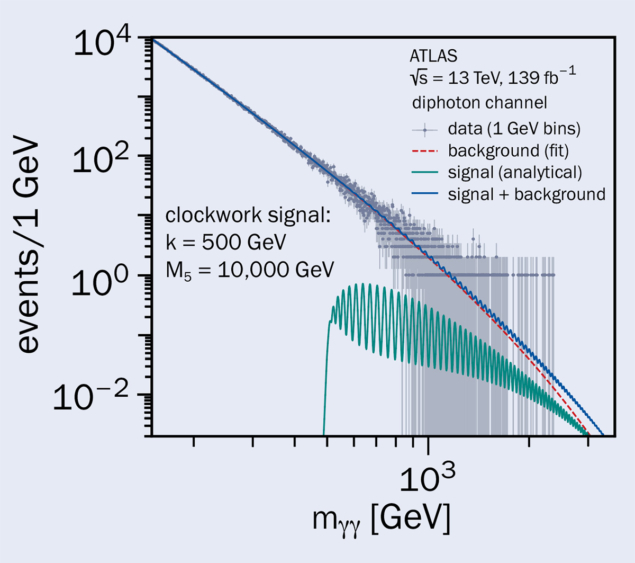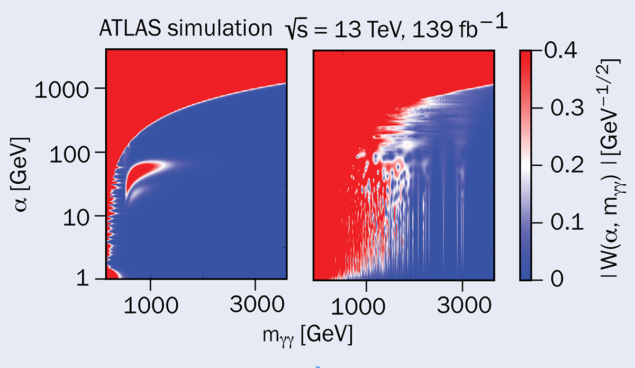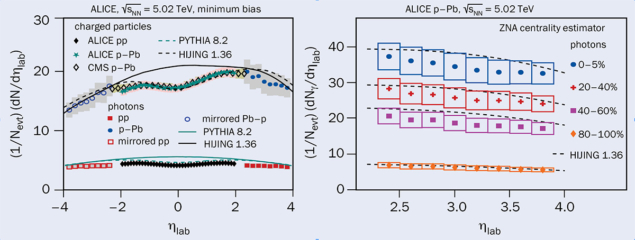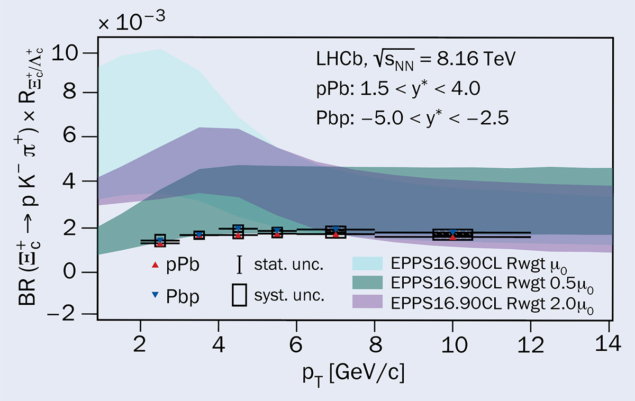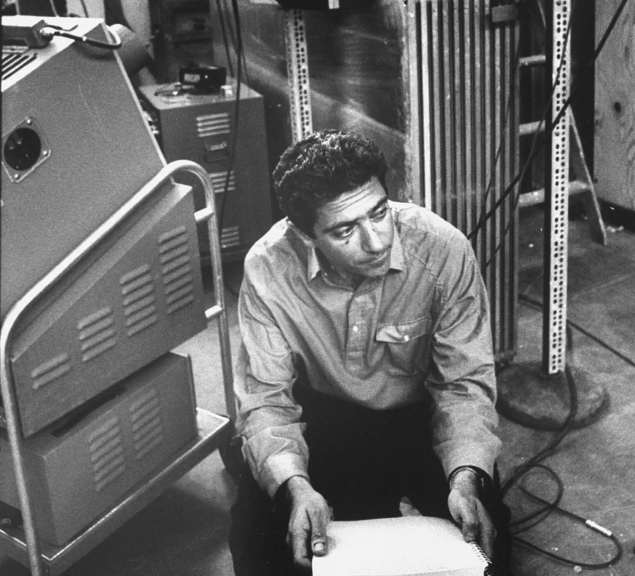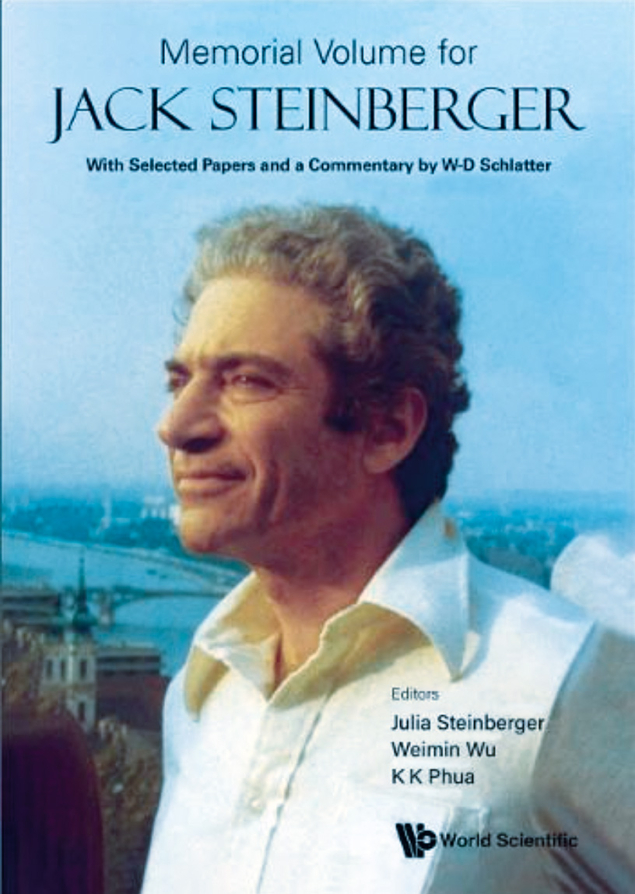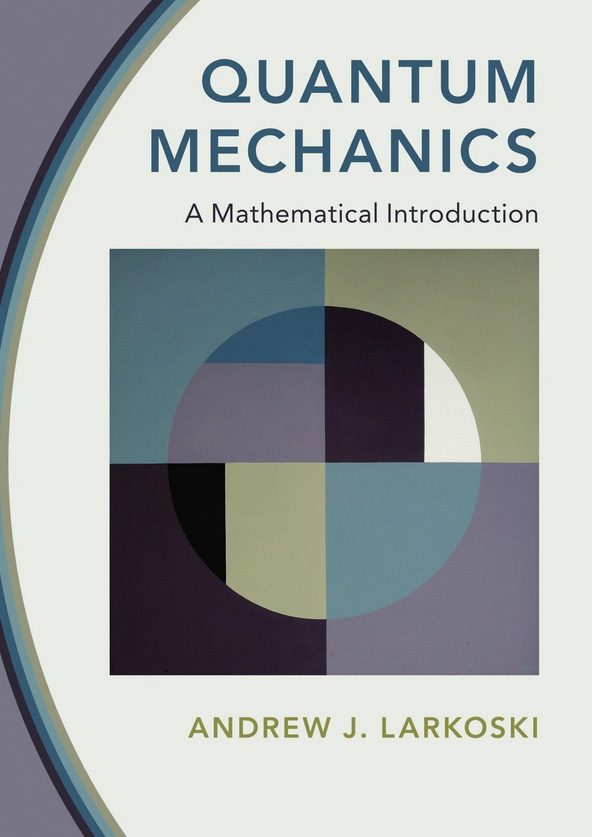Welding is the technique of fusing two materials, often metals, by heating them to their melting points, creating a seamless union. Mastery of the materials involved, meticulous caution and remarkable steadiness are integral elements to a proficient welder’s skillset. The ability to adjust to various situations, such as mechanised or manual welding, is also essential. Audrey Vichard’s role as a welding engineer in CERN’s mechanical and materials engineering group (MME) encompasses comprehensive technical guidance in the realm of welding. She evaluates methodologies, improves the welding process, develops innovative solutions, and ensures compliance with global standards and procedures. This amalgamation of tasks allows for the effective execution of complex projects for CERN’s accelerators and experiments. “It’s a kind of art,” says Audrey. “Years of training are required to achieve high-quality welds.”
Audrey is one of the newest additions to the MME group, which provides specific engineering solutions combining mechanical design, fabrication and material sciences for accelerator components and physics detectors to the CERN community. She joined the forming and welding section as a fellow in January 2023, having previously studied metallurgy in the engineering school at Polytech Nantes in France. “While in school, I did an internship in Toulon, where they build submarines for the army. I was in a group with a welder, who passed on his passion for welding to me – especially when applied in demanding applications.”
Extreme conditions
What sets welding at CERN apart are the variety of materials used and the environments the finished parts have to withstand. Radioactivity, high pressure to ultra-high vacuum and cryogenic temperatures are all factors to which the materials are exposed. Stainless steel is the most frequently used material, says Audrey, but rarer ones like niobium also come into play. “You don’t really find niobium for welding outside CERN – it is very specific, so it’s interesting and challenging to study niobium welds. To keep the purity of this material in particular, we have to apply a special vacuum welding process using an electron beam.” The same is true for titanium, which is a material of choice for its low density and high mechanical properties. It is currently under study for the next-generation HL-LHC beam dump. Whether it’s steel, titanium, copper, niobium or aluminium, each material has a unique metallurgical behaviour that will greatly influence the welding process. To meet the strict operating conditions over the lifetime of the components, the welding parameters are developed consequently, and rigorous control of the quality and traceability are essential.
“Although it is the job of the physicists at CERN to come up with the innovative machines they need to push knowledge further, it is an interesting exchange to learn from each other, juggling between ideal objects and industrial realities,” explains Audrey. “It is a matter of adaptation. The physicists come here and explain what they need and then we see if it’s feasible with our machines. If not, we can adapt the design or material, and the physicists are usually quite open to the change.”
Touring the main CERN workshop – which was one of CERN’s first buildings and has been in service since 1957 – Audrey is one of the few women present. “We are a handful of women graduating as International Welding Engineers (IWE). I am proud to be part of the greater scientific community and to promote my job in this domain, historically dominated by men.”
The physicists come here and explain what they need and then we see if it’s feasible with our machines
In the main workshop at CERN, Audrey is, along with her colleagues, a member of the welding experts’ team. “My daily task is to support welding activities for current fabrication projects CERN-wide. On a typical day, I can go from performing visual inspections of welds in the workshop to overseeing the welding quality, advising the CERN community according to the most recent standards, participating in large R&D projects and, as a welding expert, advising the CERN community in areas such as the framework of the pressure equipment directive.”
Together with colleagues from CERN’s vacuum, surfaces and coatings group (TE-VSC), and MME, Audrey is currently working on R&D for the Einstein Telescope – a proposed next-generation gravitational-wave observatory in Europe. It is part of a new collaboration between CERN, Nikhef and the INFN to design the telescope’s colossal vacuum system – the largest ever attempted (see CERN shares beampipe know-how for gravitational-wave observatories). To undertake this task, the collaboration is initially investigating different materials to find the best candidate combining ultra-high vacuum compatibility, weldability and cost efficiency. So far, one fully prototyped beampipe has been finished using stainless steel and another is in production with common steel; the third is yet to be done. The next main step will then be to go from the current 3 m-long prototype to a 50 m version, which will take about a year and a half. Audrey’s task is to work with the welders to optimise the welding parameters and ultimately provide a robust industrial solution to manufacture this giant vacuum chamber. “The design is unusual; it has not been used in any industrial application, at least not at this quality. I am very excited to work on the Einstein Telescope. Gravitational waves have always interested me, and it is great to be part of the next big experiment at such an early stage.”



